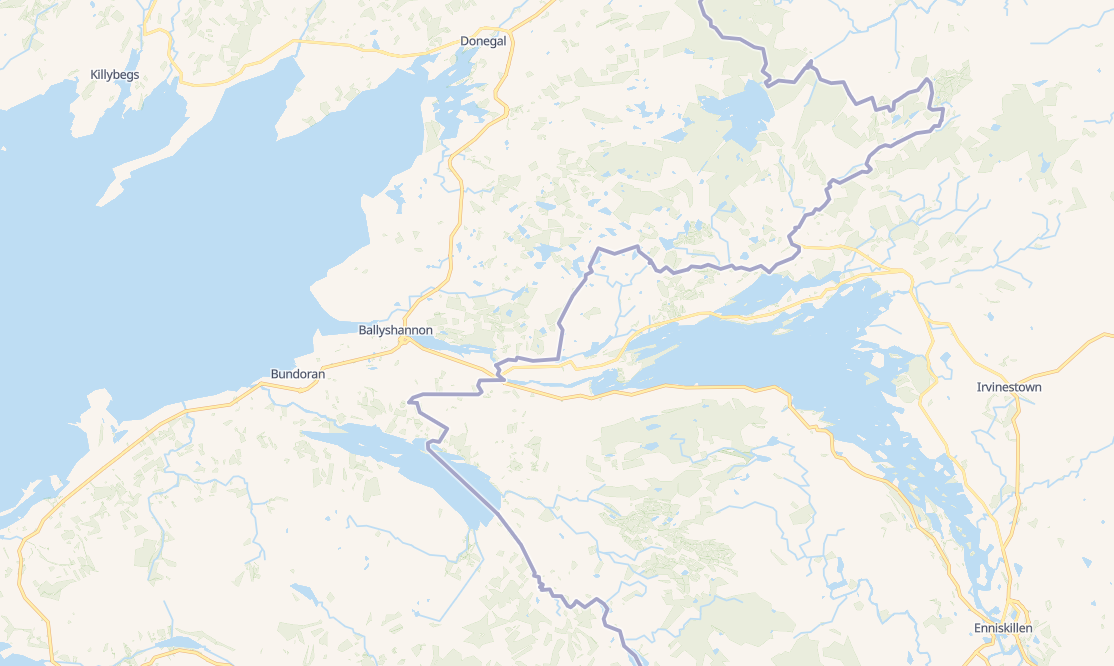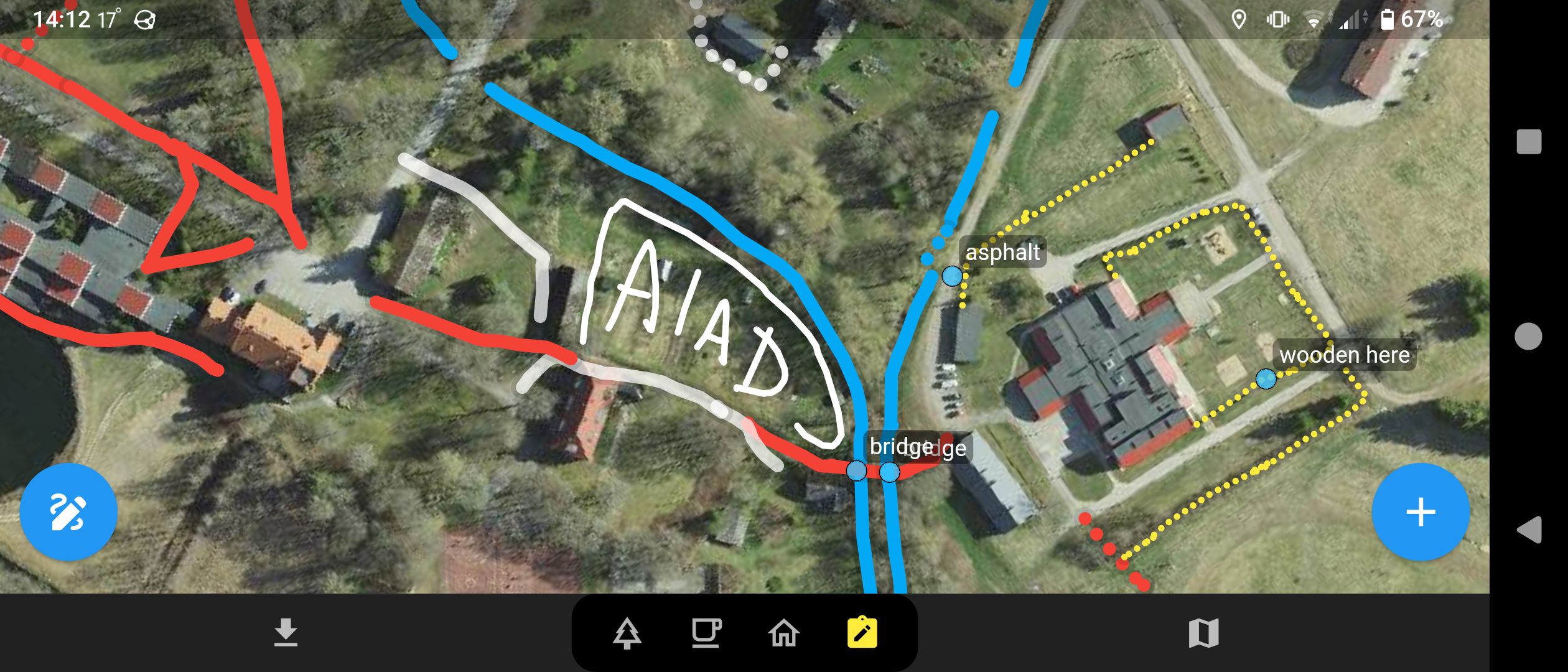I really missed Openptmap ever since the service stopped working a few years ago. It was an important feature of FacilMap that I had used frequently in my daily life. This is why I have decided to invest in a bigger server to be able to render and host the tiles myself.
I have set up a tile server with the original Openptmap styles on https://pt.facilmap.org/. You can browse the tiles through FacilMap.
For now, tiles are generated when first requested, so rendering the map will be very slow when a region is first accessed. Also, there are no automatic updates of the map yet, so for now the state of the map will be frozen in time. When I find the time, I want to bring the setup up to date to enable automatic updates. If you have the skills and want to contribute, what would be needed would be to rewrite the filter and style into an osm2pgsql flex output Lua script.
If you find this service useful, a financial contribution would be greatly appreciated.















 On May 21st at 16:30 UTC-3, UMBRAOSM - Union of Brazilian mappers of Openstreetmap promoted a workshop for new members of Youhmappers Esalq/USP who were starting in the Brazilian chapter in the city of São Paulo - Brazil.
On May 21st at 16:30 UTC-3, UMBRAOSM - Union of Brazilian mappers of Openstreetmap promoted a workshop for new members of Youhmappers Esalq/USP who were starting in the Brazilian chapter in the city of São Paulo - Brazil.

